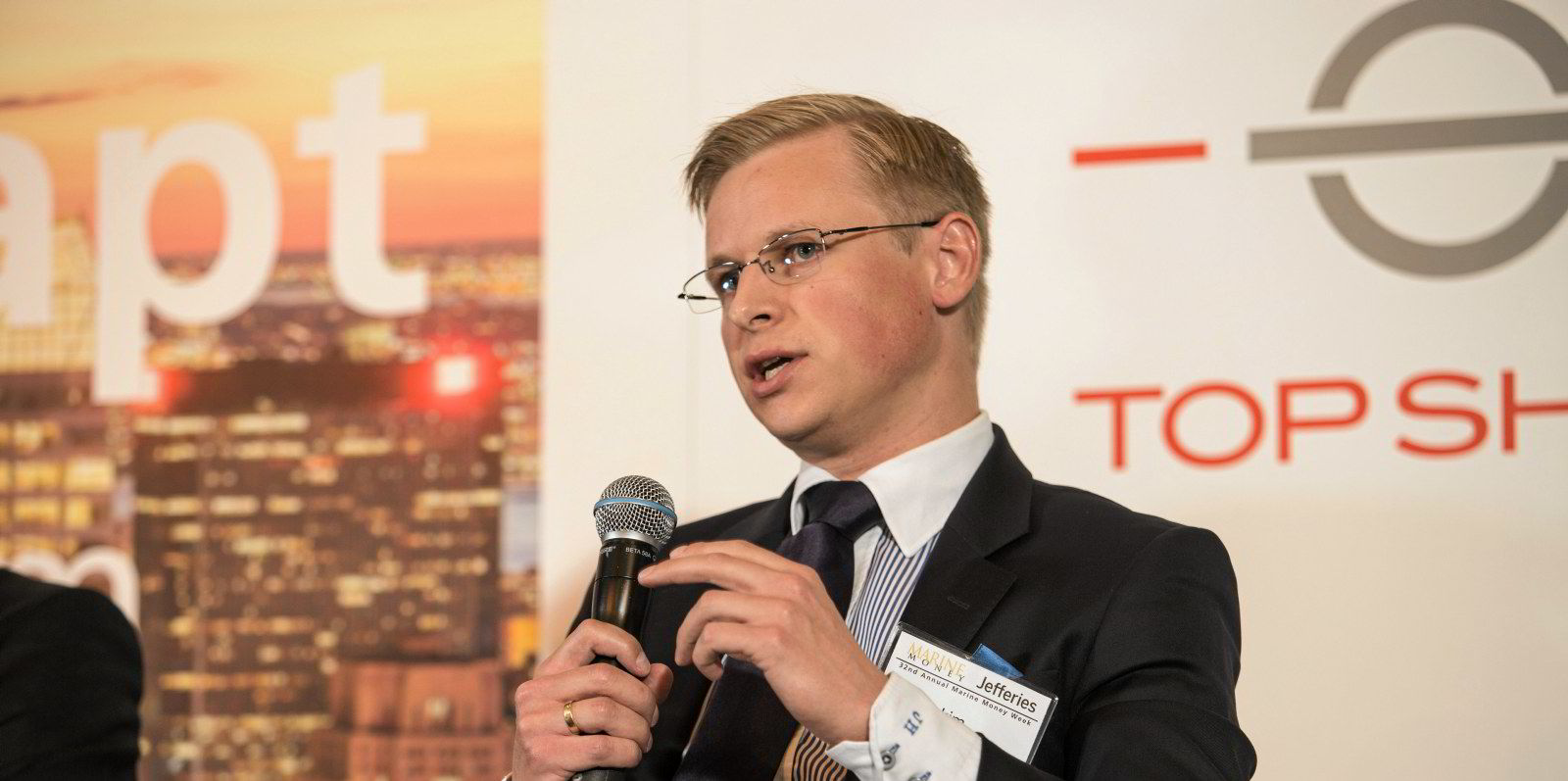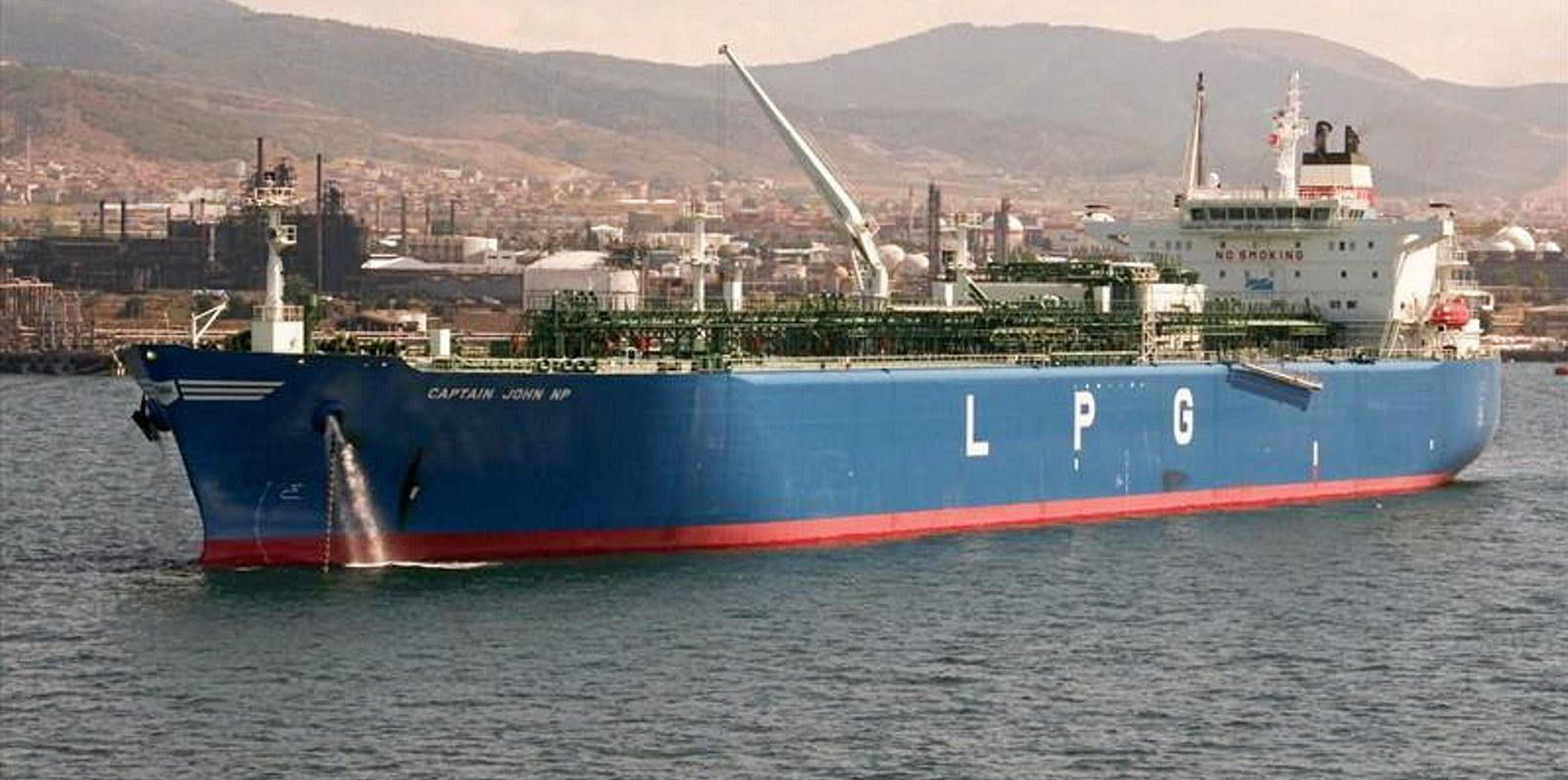Norwegian investment bank Cleaves Securities has downgraded the VLGC sector to "sell" despite soaring spot rates
Daily earnings for the big gas carriers are at their highest level since 2015, as delays at ports and in the Panama Canal cut the fleet in a market buoyed by strong US exports and high Asian LPG prices.
The Baltic Exchange VLGC index started the week at $109.14 per tonne, or $103,333 per day. Despite some potential relet positions, tonnage lists are still extremely tight and rates might push further up in the near term, Cleaves said.
Head of research Joakim Hannisdahl added: "We are however fearful that the near-term peak is close, and remind investors of the tale of Icarus flying too close to the sun."
He sees downside risk heading into the first quarter of 2021.
Ships out of action
In October, Cleaves forecast spot rates of $37,000 per day in the fourth quarter, but now expects these to average out at $67,000, with inefficiencies in the supply chain tying up an estimated 6.7% of the VLGC fleet.
There are now a "massive" 15 VLGCs awaiting Panama Canal transit, which compares with an average of five in November, the company said.
"We expect fleet inefficiencies to abate into the first quarter, which together with a potential 13% decline in US LPG exports quarter-on-quarter and falling Far Eastern LPG prices, leads us to forecast VLGC spot rates [down] 70% to $30,000 per day by March," added Hannisdahl.
"Thereafter, a low orderbook and continued demand growth leaves us optimistic for the medium- and long-term."
VLGC owners' earnings during the second half have been significantly higher than Cleaves' earlier forecasts, and an improved outlook for 2021 and beyond has meant the company raising target share prices across the board.
But, as stock prices have already risen 45% since the bank's October update, Cleaves has downgraded Singapore owner BW LPG to sell, while maintaining the same rating on Avance Gas and Dorian LPG.
The VLGC orderbook has shrunk from 16% of the fleet at the start of 2020 to 11% now. This is much lower than the historic average of 20%.
Cleaves projects fleet growth of 4.8% next year, 3.2% in 2022 and 5.5% in 2023.
Ships are now taking 12 days to transit the Panama Canal, as opposed to two days usually. This is being caused by high traffic levels, seasonal fog and Covid-19 issues.







